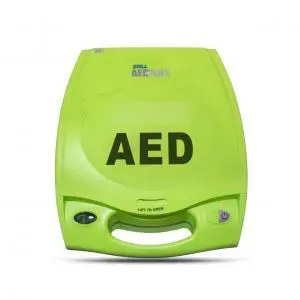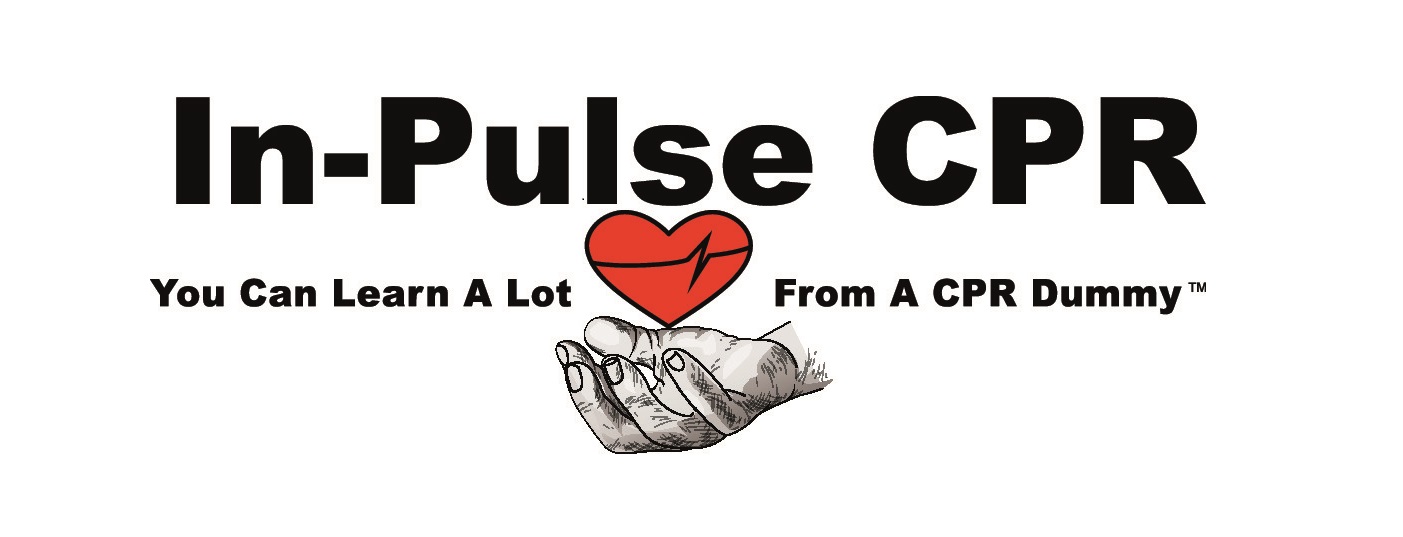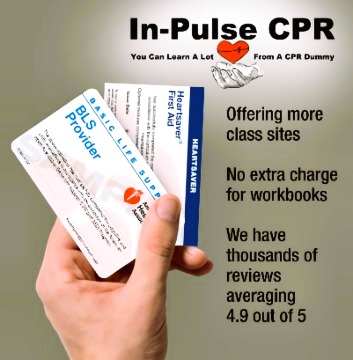Why do we Need AED Training?
Before we go into why we need AED training; we need to explore what an AED device is. AED is the abbreviation for Automated External Defibrillator. The AED is an important step in helping save a life. An AED is a machine that can be transported and utilized for the automatic diagnosis of life-endangering cardiac arrhythmias of ventricular fibrillation and pulseless ventricular tachycardia. When a person has been trained at using an AED it permits them to provide defibrillation; a technique that utilizes electricity to halt the arrhythmia, letting the heart resume a normal, effectual pattern. [What this really means is that defibrillation is needed if a heart is quivering in a way whereas it is no longer pumping blood through the body. Defibrillation essentially shocks the heart to hopefully restore a normal rhythm.]
The AED was invented as the transportable version of the defibrillator in the middle 1960s by a Frank Pantridge of Belfast, Northern Ireland.
How to use an AED is pretty fundamental, with easy to follow audio and visual instructions. Created in a manner that the regular bystander can use in the event of an emergency; AED training is part of basic first aid and CPR training in Philadelphia , Harrisburg, Allentown and other parts of the state so that more of the population is aware how to use this life-saving device. It is essential that the people of Philadelphia and other areas in the state as well as nurses and other emergency technicians are educated in proper use of an AED device.

Classes on ‘how to use an AED device’ are offered to all the citizens of Philadelphia in the numerous first aid, first responder, basic life support, and cardiopulmonary resuscitation classes throughout the state of Pennsylvania.
What an AED can treat
The AED is utilized to aid in the event a person develops a life-endangering condition of cardiac arrhythmia which can then result in cardiac arrest—this is not alike to a heart attack. There are limitations to what an AED is capable of doing, such as:
- A pulseless ventricular tachycardia (also called VT or V-Tach)
- Ventricular fibrillation ( also known as VF or V-Fib)
In both forms, these types of cardiac arrhythmia the heart is in a state of being active electronically but in a rhythm that does not allow the heart to function properly by pumping and circulating blood through the body. In the case of ventricular tachycardia, the heart is beating too rapidly to pump the blood efficiently.
AED devices are not able to shock the asystole (flat lining) conditions with a positive clinical outcome. Therefore, it is essential that the use of CPR also be administered as a first aid treatment if the victim is going to have any chance of surviving.
If you live in the Philadelphia area and want to enable yourself with a useful life-saving tool then go online to www.inpulsecpr.com and sign up for one of the public CPR/AED first aid classes or schedule a group session for your entire office or organization to become knowledgeable and equipped with this very efficient information. By getting yourself trained in the use of an AED you will also become more confident when performing CPR or other first aid procedures. When you get training in AED and CPR life saving techniques the life you save could be that of a loved one, so do not delay, register for a class near you today.
Sources:
https://en.wikipedia.org/wiki/Automated_external_defibrillator




